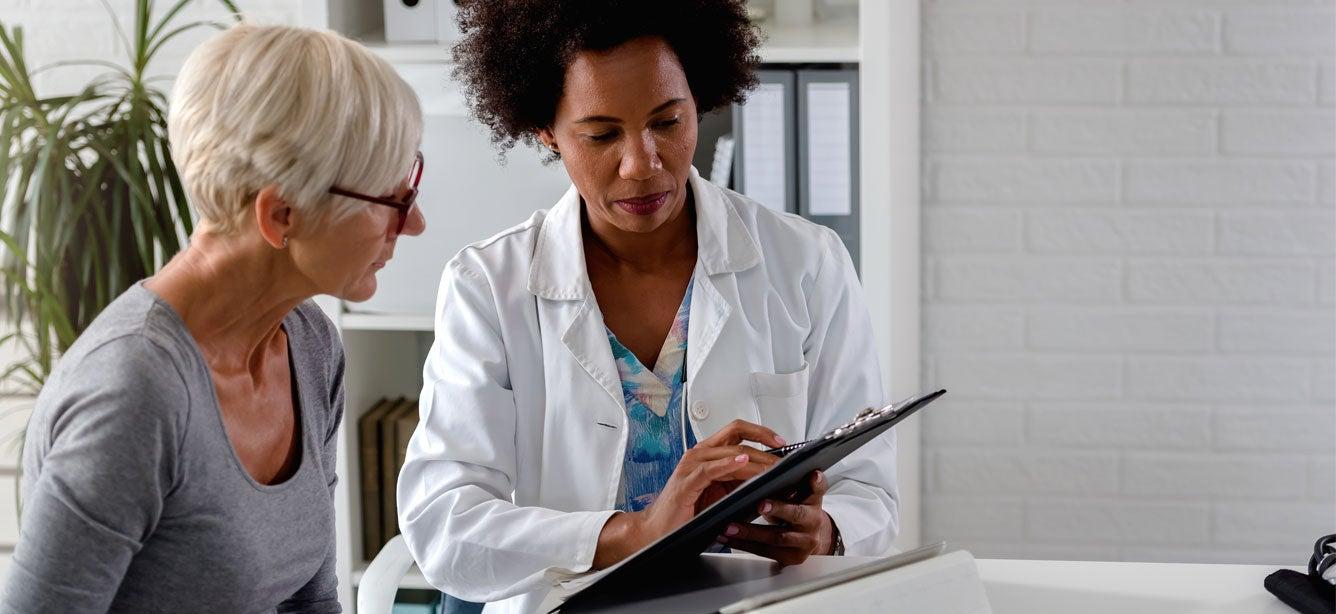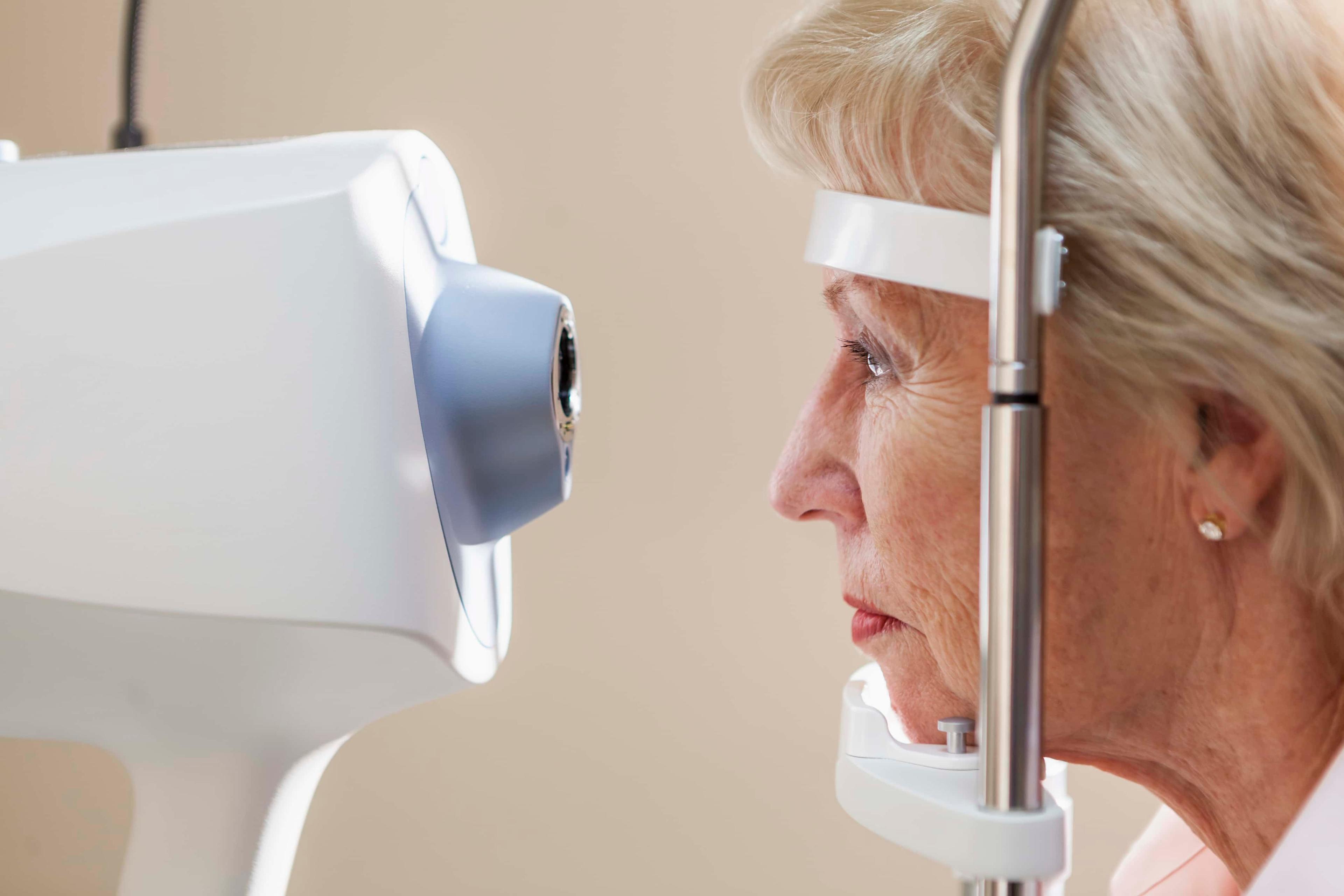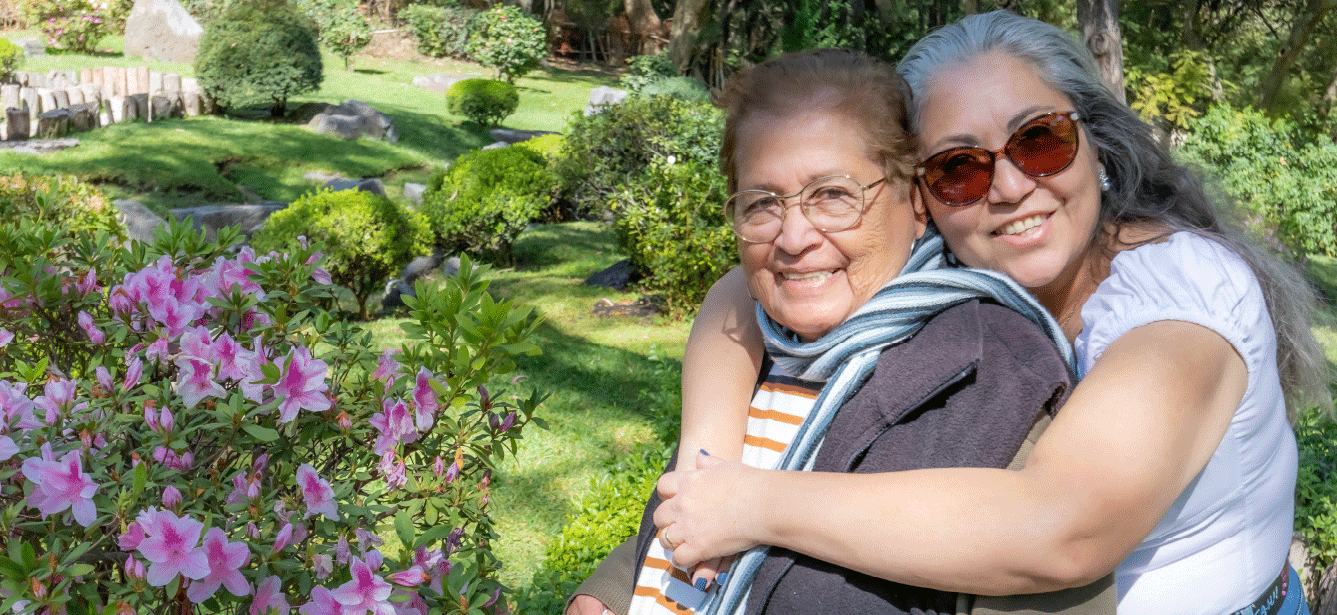
Related Topics
Living with low vision and blindness brings significant safety concerns that can impact confidence and independence. But the right support can make a world of difference.
What are the safety benefits of vision rehabilitation?
Vision rehabilitation provides life-changing services and training that can dramatically impact the safety of anyone living with reduced sight.
Orientation and mobility training can help adults with vision loss learn how to safely and effectively navigate at home, work, and in the community. Training often includes using a white cane to avoid obstacles and trip hazards, reducing the risk of falls and related injuries. Vision rehabilitation training can also reduce the likelihood of other accidents as adults with vision loss learn to navigate streets, sidewalks, intersections, and public transportation more safely.
Vision rehabilitation tips and tools to improve home safety
Vision rehabilitation helps those with low vision maximize their safety when performing a wide range of at-home activities, such as grooming, cooking, and cleaning.
Daily living skills training provides vital tips and tools for home modifications and home organization techniques that make the home as safe as possible. These often include:
- Using lighting, contrast (e.g., stairs, doors, outlets, switches), safety rails in the bathroom and other key locations
- Special organization methods
- Eliminating trip hazards such as rugs and cords, and reducing clutter
In addition to lessening the risk of falls, training reduces the risk of other home accidents during cleaning, including the safe use of cleaning equipment and home cleaning products.
Training also provides key techniques for labeling groceries, including jars, cans, and spices, and tips to store food safely. Labeling increases safety when using a broad range of major appliances. Daily living skills training also assists with the safe use of knives, other slicing aids, food preparation tools, and small appliances—many with hot and sharp surfaces (e.g., blenders, food processors, coffee makers, and more). Cooking skills training maximizes food safety, reducing potential cross-contamination and overall safety during meal preparation and clean-up.
Safety with personal care and medications
Daily living skills training also enhances safety related to a broad range of personal care activities, including the safe use of sharp and heated grooming equipment and tools.
Prescription drugs and supplements can be dangerous if not taken correctly.
- Labeling can increase the safe use of these medications and supplements, with labeled pill cases, pill blister packs, and large print labels.
- Audible or talking labels for prescription bottles are now available.
- Magnifiers and other assistive devices can also help to read information and labels.
How vision rehabilitiation can improve quality of life
Adults with low vision and blindness report frequent limitations in activity, with 34% reporting diminished activities for 14 or more days per month versus 16% without vision loss.1 Given personal safety concerns, adults with vision loss may significantly reduce their social interactions and disengage from the hobbies and activities they enjoy most, which can lead to increased isolation and diminished mental health.
In addition to the many ways outlined above that vision rehabilitation increases safety, confidence, and independence, it also helps people with vision loss remain more connected with family and friends. Many agencies also provide support groups so adults with vision loss can share experiences with those facing similar challenges. Discussion and support groups can provide crucial strategies for those experiencing recent vision loss and those living with longer-term low vision or blindness.
Falls prevention for adults with vision loss
Falls are a leading cause of injuries and injury related death among older Americans, but they are not an inevitable part of getting older. Falls cause a broad range of injuries and longer-term health implications, including fractures, hospitalization, difficulty walking for extended periods, other health issues related to extended inactivity, anxiety, and depression. Falls can also have a dramatic impact on finances.
Approximately 1 in 4 older adults fall annually.2 Older Americans living with vision loss face almost twice the risk of falls as adults without vision impairment. People 65+ with vision loss are also more than twice as likely to report fair or poor health than people without vision loss.1 The impact of a fall for an adult who already faces vision loss and diminished health can be profoundly debilitating.
Vision rehabilitation can greatly reduce the risk of falls.
Learn more about falls, including added steps to prevent falls, home safety tips, and some common myths about falls, and please save the date to join NCOA for Falls Prevention Awareness Week, Sept. 23-27, 2024.
How to find vision rehabilitation and support
Your local vision rehabilitation agency can perform an assessment to confirm the optimum combination of programs and training. Access a list of vision rehabilitation agencies. Visit Time to Be Bold to locate local vision rehabilitation services and other resources. Call the APH hotline to receive support and practical coping strategies for everyday tasks, join remote discussion and support groups, and access free online resources at the APH Connect Center and VisionAware.
Learn more about vision rehabilitation through other articles in this series:
This project was supported, in part by grant number 90CSSG0048 and 90FPSG0051 from the U.S. Administration for Community Living, Department of Health and Human Services, Washington, D.C. 20201. Grantees undertaking projects under government sponsorship are encouraged to express freely their findings and conclusions. Points of view or opinions do not, therefore, necessarily represent official Administration for Community Living policy.
Sources
1. VisionServe Alliance/Ohio State University College of Optometry. United States’ Older Population and Vision Loss: A Briefing (2022). Found on the internet athttps://visionservealliance.org/big-data-insights-adults-65-and-older/
2. Centers for Disease Control and Prevention. Older Adult Falls Data. Found on the internet at https://www.cdc.gov/falls/data-research/index.html




